Though long disregarded and dismissed as mere child’s play, animation can be a powerful medium for storytelling and weaving tales of horror.
Feature-length animations have long been considered a storytelling device aimed at children or families, although they weren’t always relegated to the world of sanitized, family-friendly viewing.
The rise of the television “babysitter” in the 1950s and the set of moral guidelines known as the Hays Code — in effect from 1934 to 1968 — effectively neutered edgier animation, which allowed for traditional animation to become the standard.
Although the landscape has changed considerably since the Hays Code was lifted — with many adult-oriented shows and their animators (like Matt Stone, Trey Parker, Matt Groening, Mike Judge, and Seth McFarlane) — becoming household names, many people still associate animation with the fairytale features and whimsical cartoon shorts that dominated the Golden Age of Animation (from the 1920s through the ‘60s).
Plenty of adult nostalgic cartoon lovers still rabidly consume sweet, wholesome, fairytale animation.
However, most adults without young children consider animation to be “kid’s stuff” and seek out more complex, adult-oriented stories. This means, sadly, many of us distance ourselves from this beautiful form of art and creative storytelling.
Still, animation remains a powerful and adaptable form of art. Combined with a story that explores many realistic human emotions and experiences, animation can offer a devastating, beautiful, profound, and even haunting viewing experience.
This leads us to the inevitable question: does horror work in the world of animation?
For me, the answer is emphatically yes.
Animators like Tim Burton have managed to create something new and previously unseen by crafting a grotesque and gorgeous animated world where darkness and light can coexist.
While working at Disney, Burton’s horror and macabre ideas were rejected, and he was looked at as an outsider.
As horror fans, how many of us can relate to also feeling like outsiders for our interests and passions outside the mainstream and our affinity for things a little darker, more mysterious, more otherworldly? We saw beauty where others saw nothing but fear.
As a child, I was made to feel different or odd for having a passion for films like Coraline, The Nightmare Before Christmas, Corpse Bride, and many others with spooky and scary storylines. I identified with those oddball characters.
In fact, through these stories, I discovered my love for horror and my eventual passion for exploring how rich and compelling narratives can be lived and experienced in a different way, using stop motion, 2D or 3D animation.
That encouraged me to make animation and horror part of my career today.
Horror films, like animated films, often center on a main character who is unfamiliar with the world they find themselves in. Unlike animation, where the character often embarks on an adventure, horror sees its characters descend into a world of chaos and uncertainty, reflected in both story and medium.
In some cases, horror in animation has an aesthetic scary element rather than a narrative one.
Horror can portray protagonists set in a world where they don’t fit in or are misunderstood by people around them.
The look and feel of the world make the film scary, and the audience feels uncomfortable.
Corpse Bride is a perfect example of it: the living world is black and white, depressing, and people appear lifeless. It makes us feel frightened by it, whereas the world of the dead, where skeletons and dead animals dwell, looks alive and vibrant.
By contrast, the world of the undead is a happy and colorful place where people sing and dance.
This gave us a new way to see horror.
It allows us to create fascinating and breathtaking stories and gives us space to invent the most bizarre and scary-looking worlds, monsters, or creatures.
The narrative itself isn’t that scary, but that doesn’t mean it is not horror. It uses, in fact, a more traditional form of horror — as in gothic horror, where death and despair of the real world are used to portray what’s scary.
As some horror animations, like ParaNorman and Monster House, are enjoyed by children, others have become equally entertaining for grown-ups.
One of the movies I recently watched at the cinema and enjoyed was the Phil Tippett experimental animated film called Mad God. This adult stop-motion story explores a world punished by God, where everyone has a miserable life.
The world is ruined and decaying, and the characters look monstrous and horrific. The music throughout the story brings us a sense of distress and fear that no other horror animation has ever conveyed before.
Another interesting, successful adult horror animation is The House, an anthology film where horror and comedy are used to create three eerie stories full of meaning and striking visuals. In these scenarios, horror plays an important role in the narrative.
It’s not just about the creepy aesthetic; the material is dark, twisted, and rooted in nightmarish themes, even if it can’t be described as truly scary like a traditional horror film.
Does that mean that horror animation can’t also be legitimately terrifying?
I’ll tell you a tale of a film that left a lasting impression on me as a child, a story of when I brought a DVD of my favorite film to share with my elementary school class. And, since we’re talking about whimsy mixed with horror, I’ll tell you via a poem.
She is always polite and does what she’s told.
One day, on her way to school,
she brought a DVD that she was delighted for the class to see.
She sat down in her chair, and after a while,
she walked up to the teacher’s desk with a smile.
She set the case down and was met with a glare.
All of the class began to stare.
They kicked up a fuss, “Not this!” they would say.
And then the film began to play.
Secret doors, buttons in eyes;
It caught the children by surprise.
The girl watched the horrors without any scares,
while the class cowered behind their chairs.
Coraline is a perfect example of an animated treasure that is both beautiful and disturbing.
There’s a legitimately scary component with those haunting button eyes. There’s also a spooky component with the dead children. Finally, we get a whimsical component with colorful animation, dancing mice, and entertaining songs.
This beautiful stop-motion piece is visually marvelous.
The real world is dark and depressive, but the other fake reality has lots of shades of color, delicious food, a train sauce, desserts, a magical garden, and cheerful songs played by the piano, everything a kid could imagine.
Coraline herself feels like it is a dream where she gets to do everything she ever wanted. But soon, she finds out that the fairytale is just a horrible trap.
She has to deal with the Beldam, the black buttons, the spirits of dead children with buttons for eyes trapped and killed by the mother, and disgusting mice. It’s all shocking dreams for a kid of Coraline’s age.
The narrative works the same way.
We start from the story of a kid who, from one day to the other, finds herself in a world where things revolve around her. She gets her other parents’ full attention and love… but is it real love? Is it what Coraline really needs?
Her imaginative reality is none other than a horrible nightmare that she has to fix in order to go back to her not-so-perfect but real and safe life.
In conclusion, horror can work beautifully in animation; different audiences can appreciate horror animation differently — children delight in the charming aesthetics, and adults can appreciate the stunning storylines and intriguing characters.




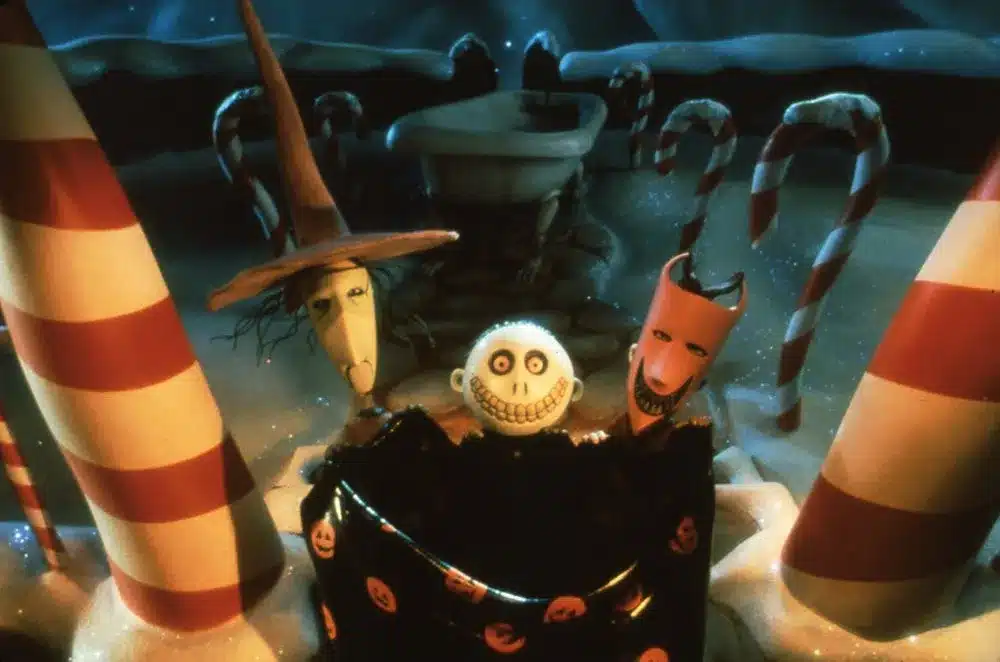
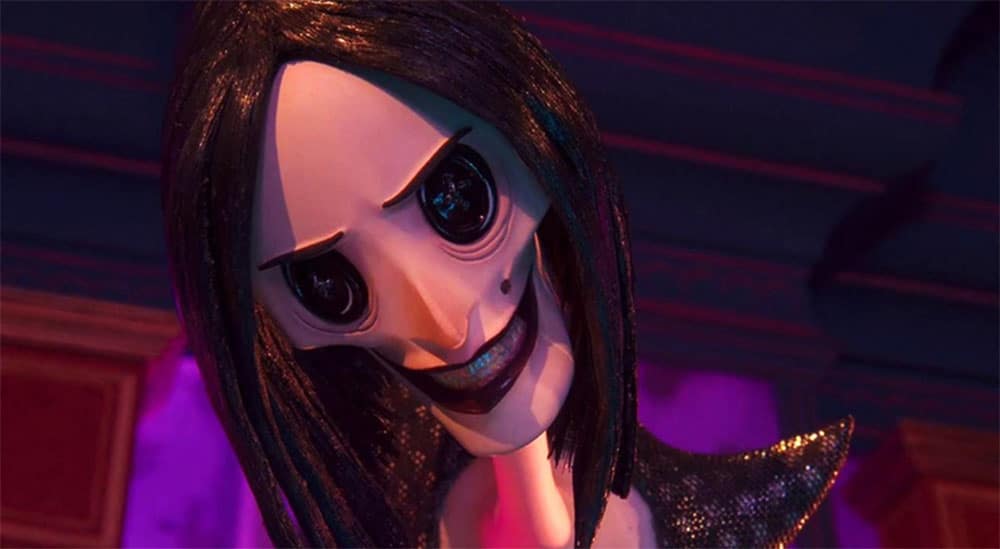
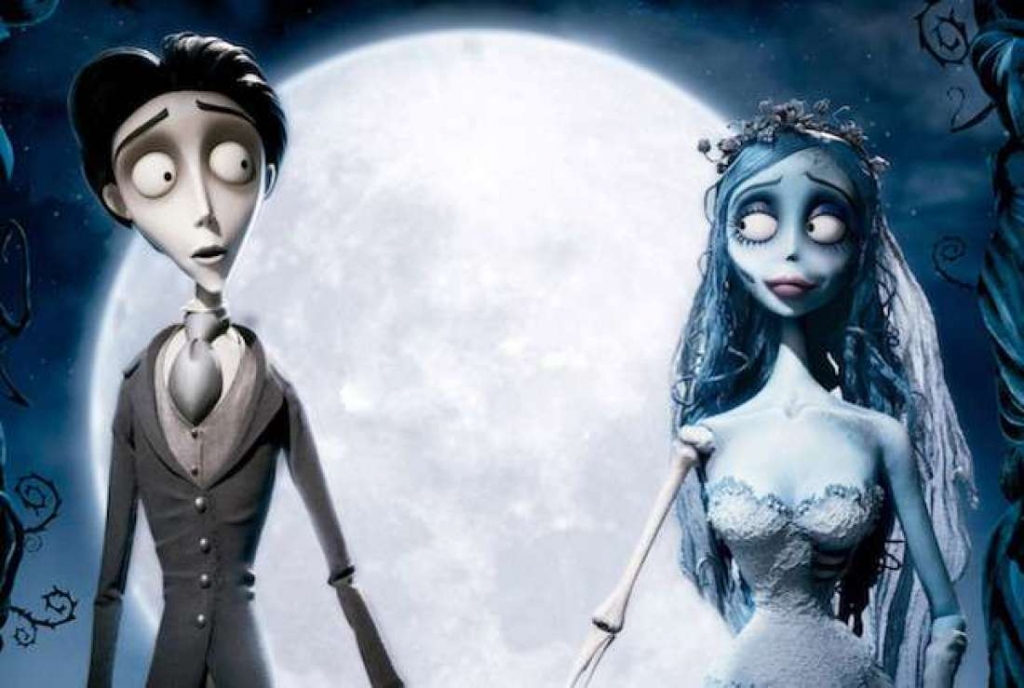
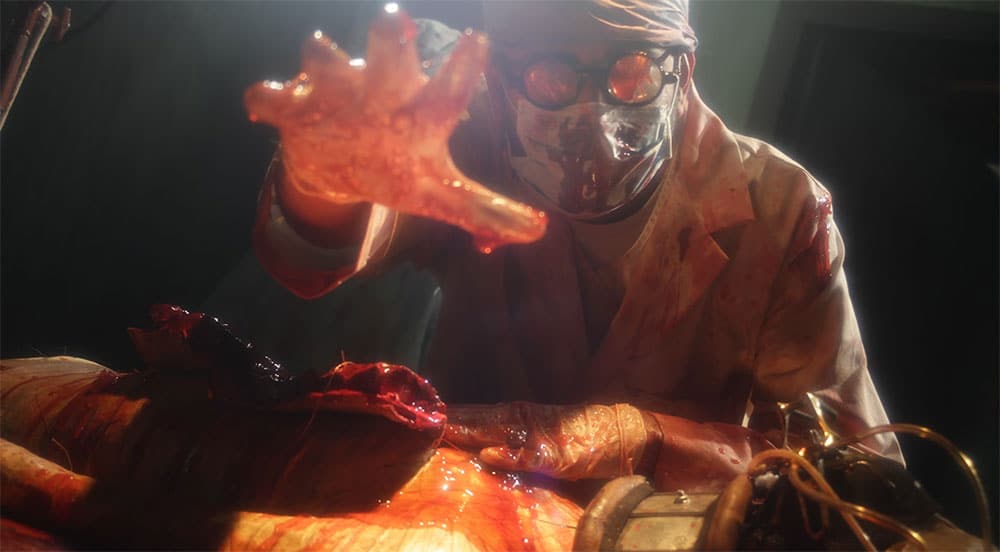
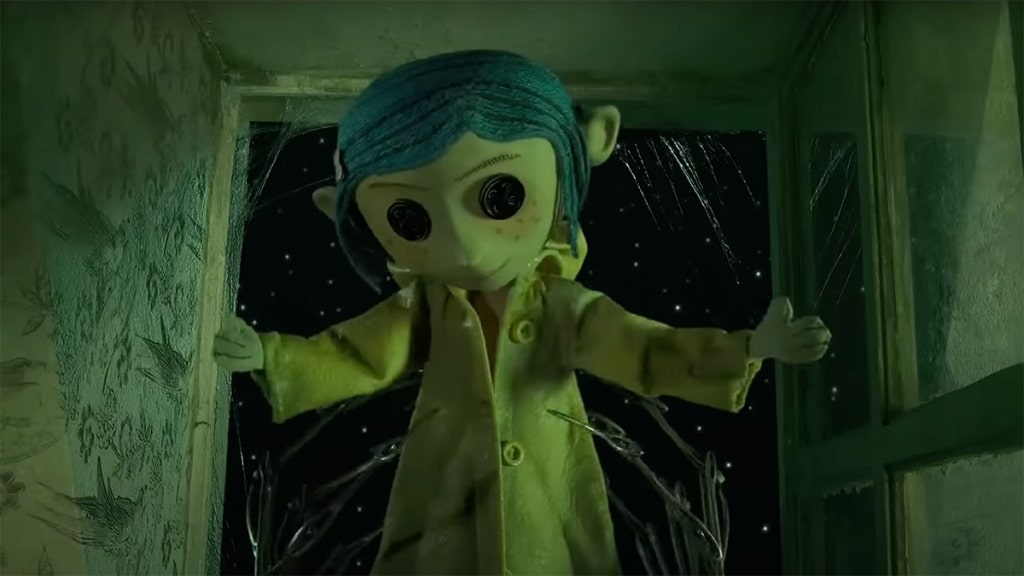
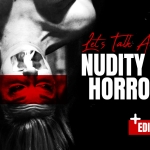

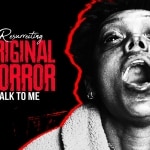
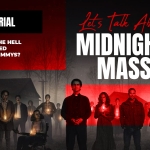








Follow Us!